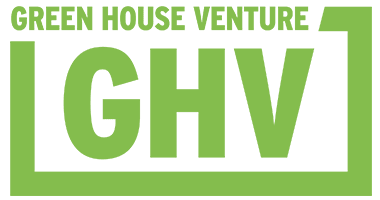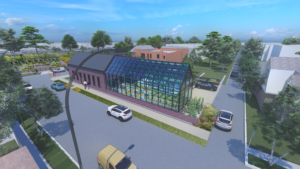
A Passion for Progress: The GHV Education Center
The dream of the Green House Venture to create an unparalleled educational experience in
bio-science, urban agriculture, and nutrition and dietetics for elementary school students becomes more real every day.
That compelling vision has been formed and sustained by countless advocates and supporters since our beginning in 2015. Among the earliest and most deeply involved contributors has been the Urban Improvement Company (UIC). As noted on their website, the firm’s ambition is to be “a truly proactive force for creating and improving great city neighborhoods.”
The firm has been instrumental in the Venture’s progress from the outset. Their chief contribution has been the design of our state-of-the-art Education Center, which is scheduled to begin construction sometime in early 2023, with completion planned in time for the fall 2024 semester.
In a recent interview, UIC co-founder, Sarah Gibson, shared her thoughts and feelings about the work of the Green House Venture and why they are so passionately committed to our mission.
1. What made you consider working with a start-up like the Green House Venture 7 years ago when nothing was in place and UIC was a young company working on risky designs in challenging areas?
When Tom Purcell first came to us with the opportunity to be involved several years ago, we did not hesitate. The GHV was looking innovatively and collaboratively at how to raise awareness about sustainable urban food production, plus issues of food insecurity and nutrition. We were already active in the community and believe passionately in diverse, walkable, safe, and beautiful urban neighborhoods. Educational facilities contribute on many levels to healthy urban environments.
As a parent at one of the Urban Alliance Schools, I was also excited about a facility for teaching science and math with all of the activities that go along with growing, maintaining, and harvesting vegetables and fish. At that time, we were starting to understand that our own children were struggling with a traditional classroom environment, and we are very much in support of giving students non-conventional hands-on opportunities to learn.
2. What makes the GHV project stand out compared to your work with other clients?
The GHV and its leaders are steadfast in building a coalition to bring the Education Center to life in a way that pushes boundaries. They experiment with ways to address current issues around urban food production and distribution, food insecurity, nutrition, and STEM education. The Education Center will take that work to a new level. Not everyone has the vision to locate a building next to the highway and say, “How can we make this underutilized and generally un-attractive land more accessible and productive?” The GHV is challenging the status quo at every level.
3. What is your favorite aspect of the GHV Education Center as you design it?
It is fun to know that the building will be a beautiful addition to the neighborhood, as well as a living, breathing, space that adapts with the seasons and with technological advances. This building feels like a machine for learning, and the design evokes curiosity. Many of the exterior and interior walls are transparent, allowing students, visitors and neighbors to peer through and see how food is grown, harvested, and prepared for distribution.
4. What aspects of the GHV Education Center make it unique and groundbreaking?
An easier question to answer would be, “What doesn’t make it unique and groundbreaking?” It starts with the Venture’s mission and the remarkable collaboration between the board, the participating schools, and major research institutions. The curriculum and the campus offer an extraordinary approach to supplement STEM education across diverse schools in the Shaw neighborhood and beyond, bringing to the forefront issues around urban food production that can impact future generations.
5. What has been the biggest challenge in the GHV Education Center design?
The GHV leaders have been very cognizant of the challenges that come with constructing this type of building along an interstate highway in the heart of a major urban center. Working in a big city means navigating many regulatory entities, and the outcomes are not always predictable.
Had the leaders not been aware of things like the constraints of building in a historic neighborhood, obtaining lot consolidation, and requesting conditional use zoning, the process could have stalled numerous places along the way. We allowed enough time to get this done thoughtfully, and so far, we have been successful.
6. What elements make this building sustainable?
Through direction from the GHV leaders and board, sustainability has been integral to the process of creating the GHV campus. Following their lead, we have looked continuously through a sustainable lens in the design of the Education Center. The building, first and foremost, is on a site in a historic neighborhood that is part of an existing urban infrastructure.
The building is also situated to maximize the sun’s orientation for various elements of the educational program. We are currently working with engineers to make the Center as energy efficient as possible, with highly efficient heating and cooling systems that can be tracked to measure performance. Other measures will be taken to conserve water, such as high-efficiency plumbing fixtures, as well as the landscape design, rain barrels, green roofs, and a rain garden. Solar panels will also be installed on the two-story portion of the building.
7. What has been the most rewarding work in designing the GHV Education Center?
The entire effort has touched so many people, and the coalition continues to build. The last couple of years have seen shifts in education because of the pandemic, and the Venture has adapted to create an even more robust learning environment. It has been exciting to integrate technology that will allow the curriculum to reach more students – being more hands-on and virtual at the same time.
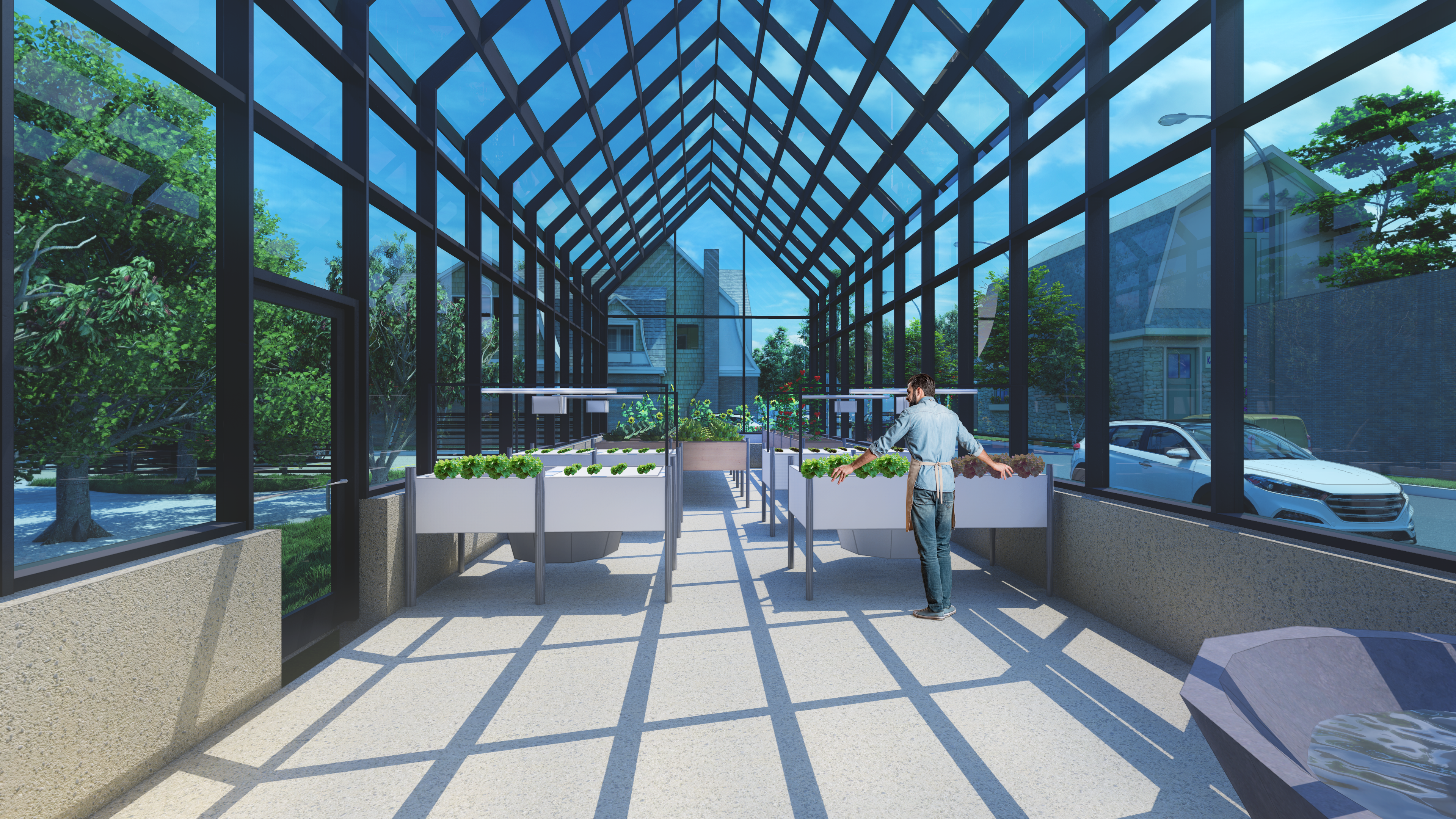
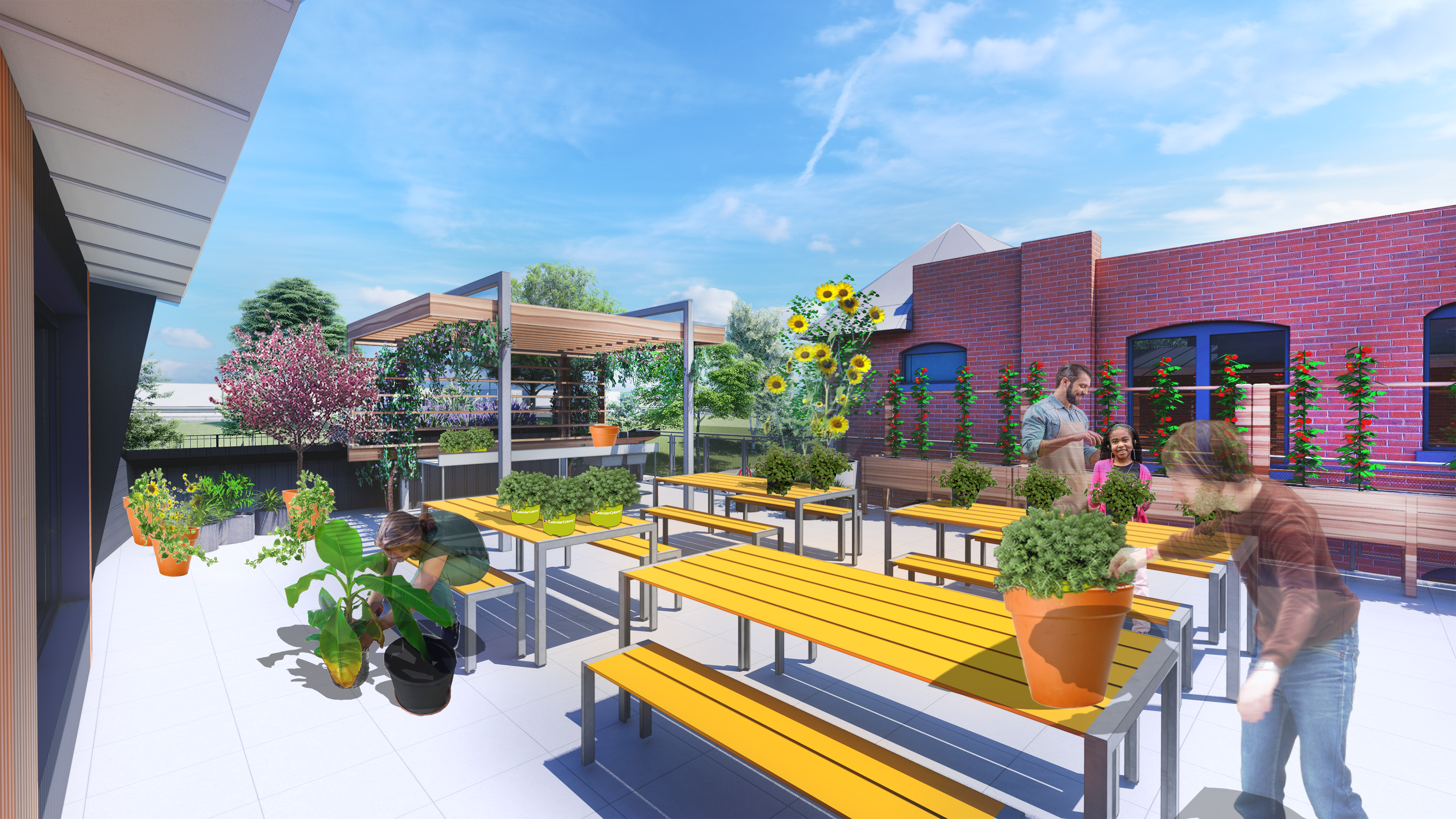
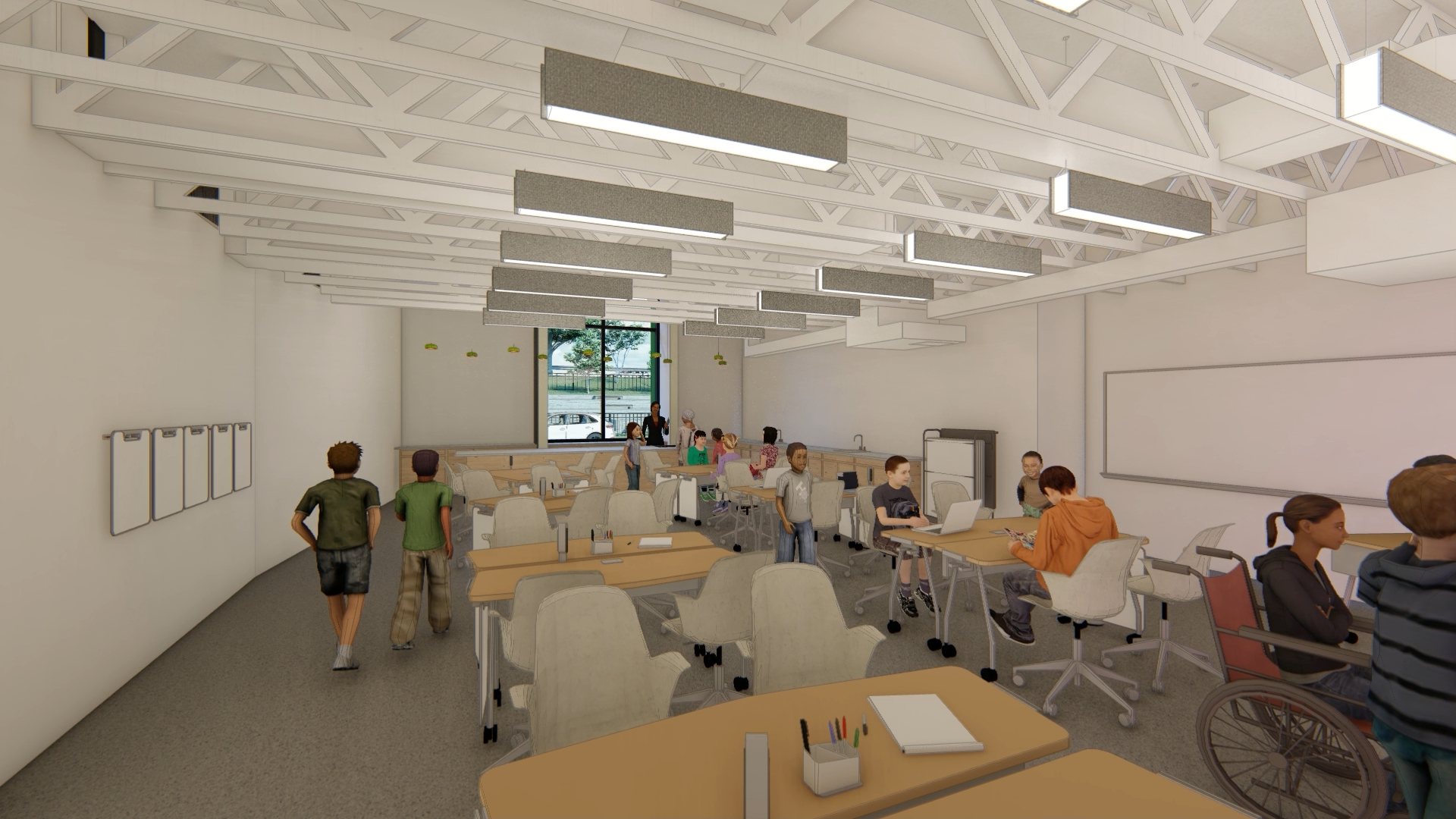
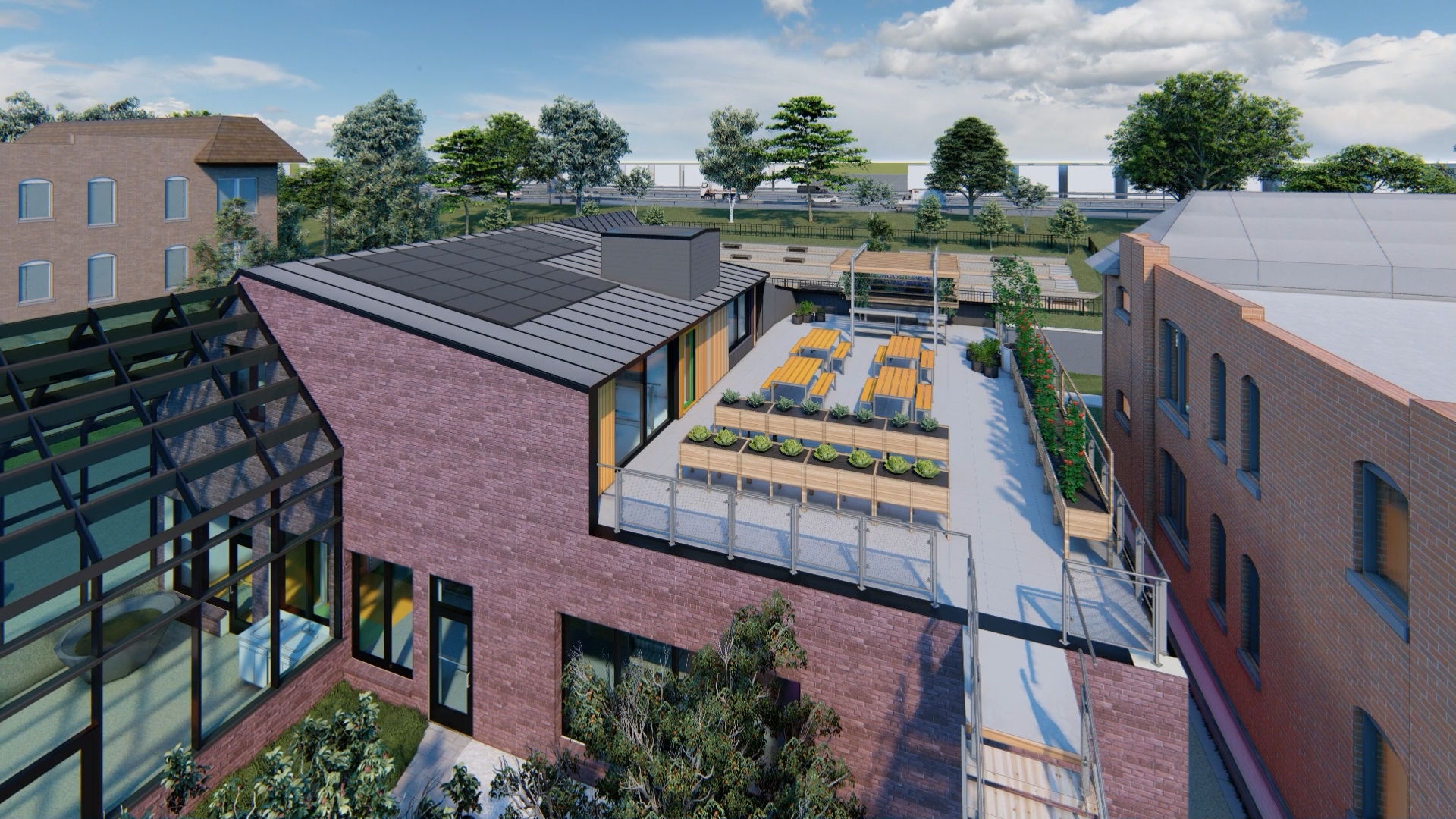
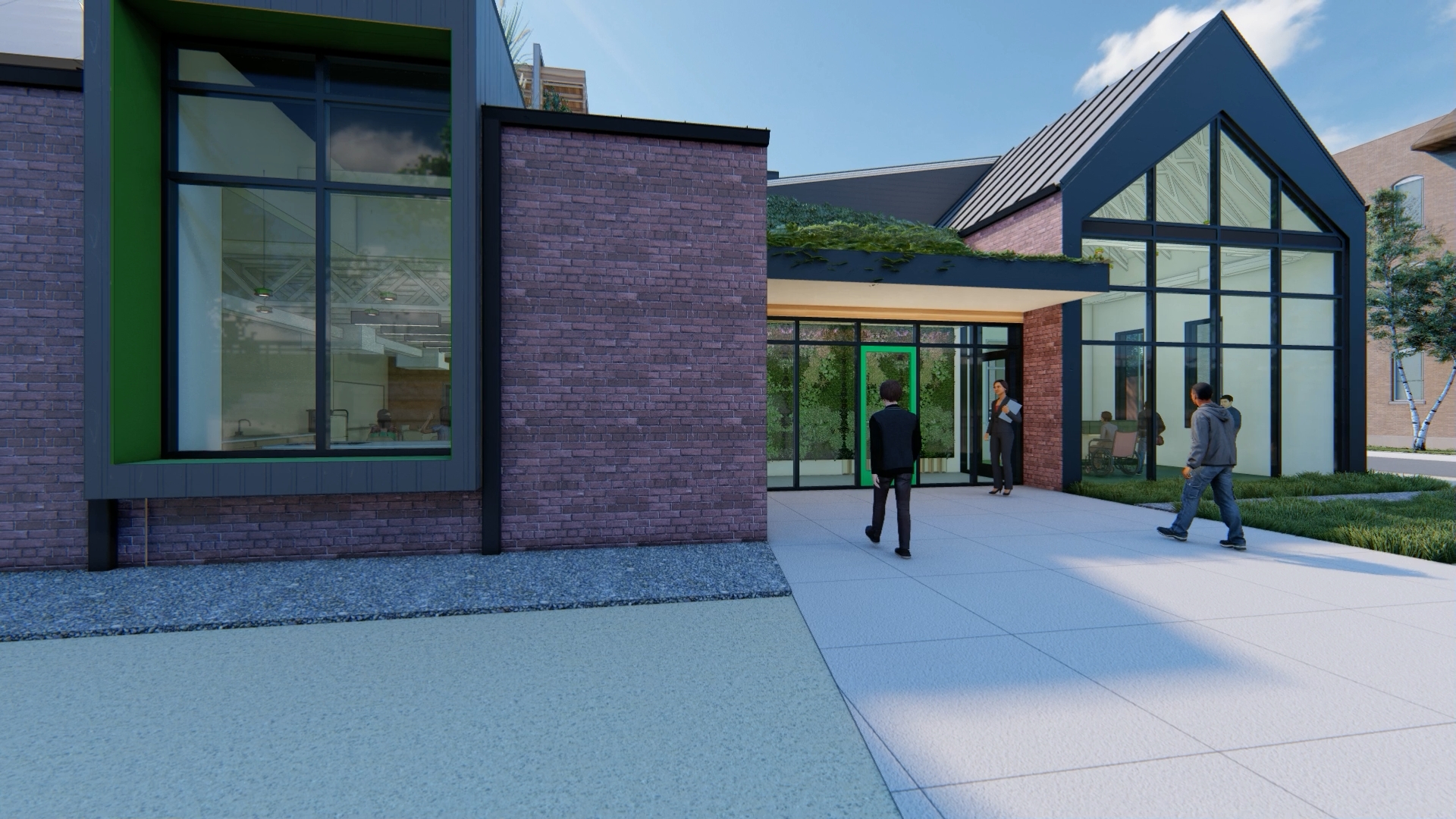
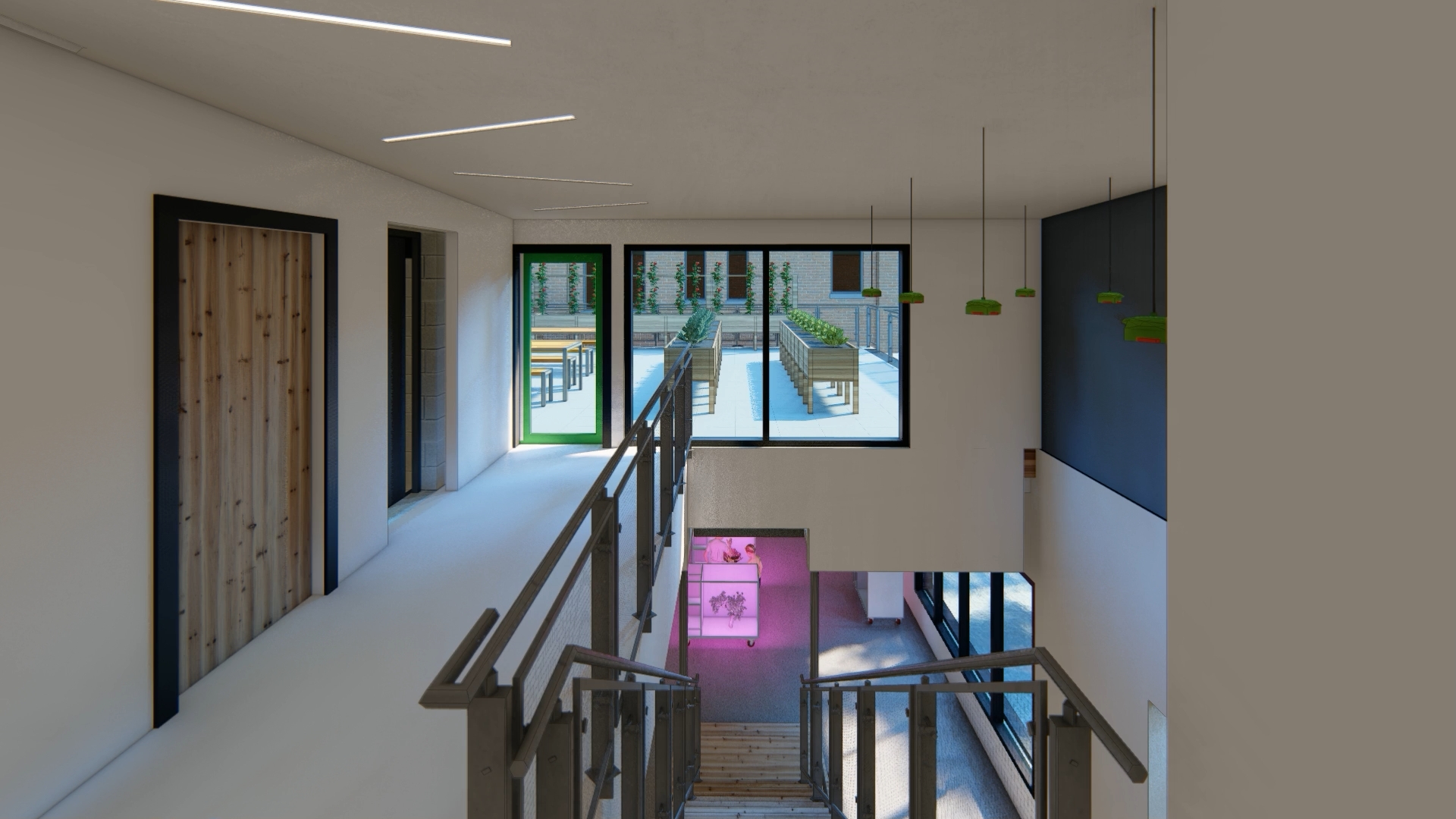
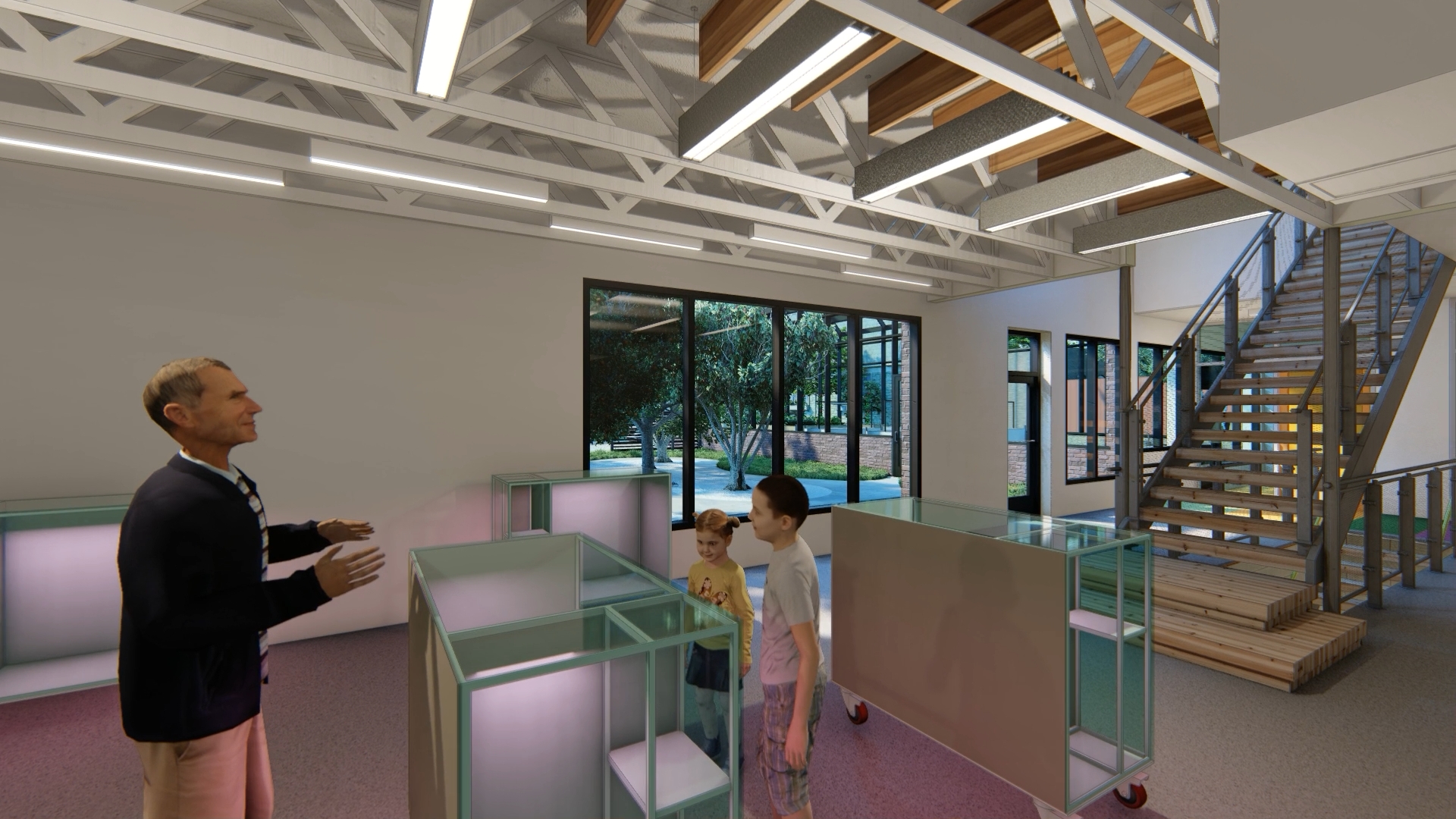
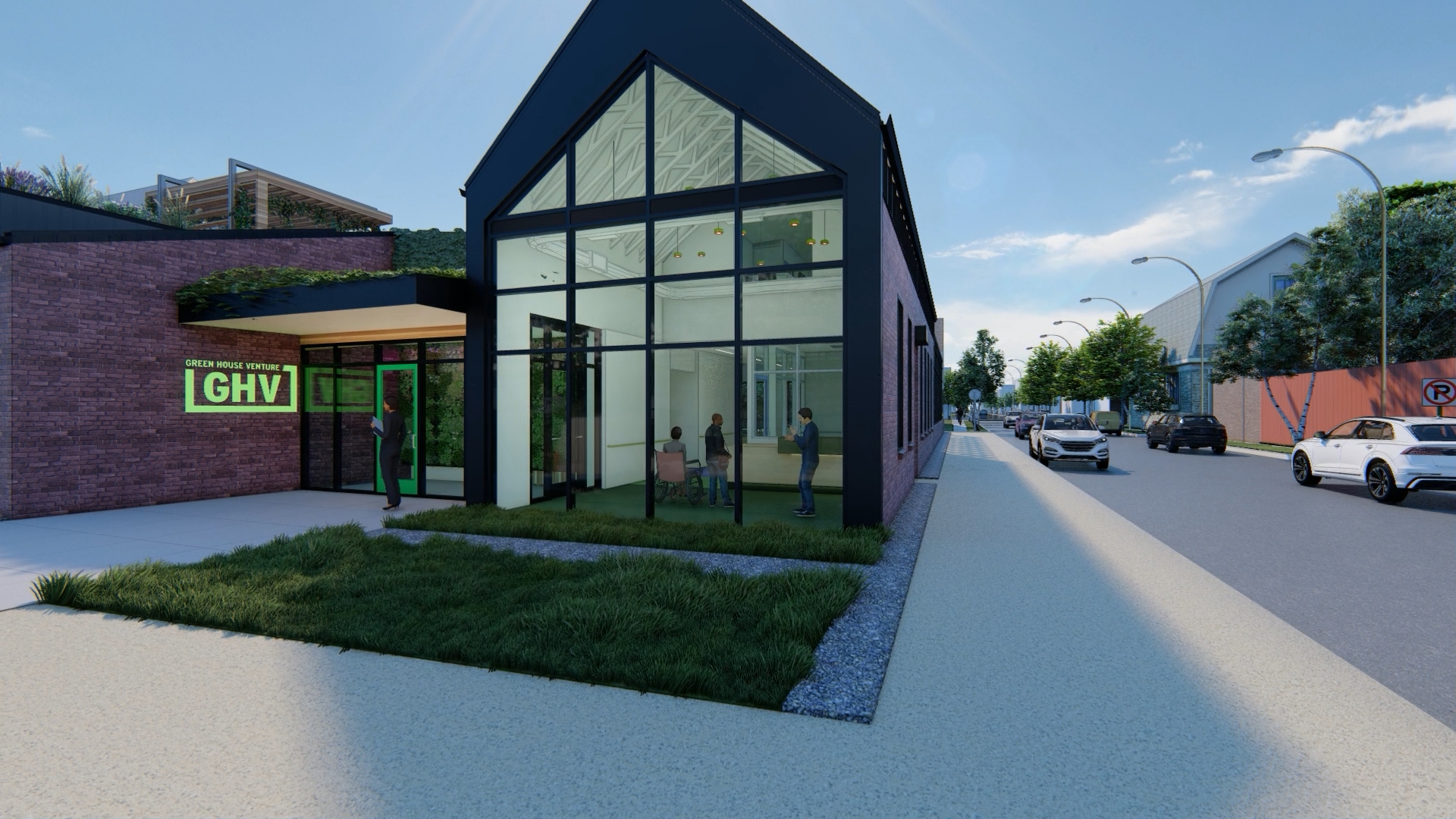
Jack of All Trades
When Jack Connaghan took on the role of Board Secretary, he was already deeply involved in the Green House Venture on several fronts. He began his work with us in the fall of 2020, helping to maintain the Embankment Greenway and Terrace Garden.
Since that time, he has worn many hats and has taken on numerous responsibilities. He waters the Terrace Garden and picks up trash on Embankment. He posts social media, and he flies the drone taking photographs and doing video recordings. He records voice-overs and edits video for us. And he always makes sure that our Zoom meetings go off without a hitch. He truly is the ultimate “jack of all trades” – and then some.
Jack’s connection with the Green House Venture goes back many years with his roots as a resident of the Shaw neighborhood where his family has lived for more than 70 years, and where the core of our program is located. He is also a graduate of St. Margaret of Scotland, St. Louis University High School and Saint Louis University – all schools that have been heavily involved in the Venture since it began back in 2015.
“Jack is very professional, creative and highly interested in learning new information that he can apply to improving our image and communication,” says Tom Purcell, GHV president. “He has become increasingly important to the operation and administration of our business, and we would not be where we are today without him.”

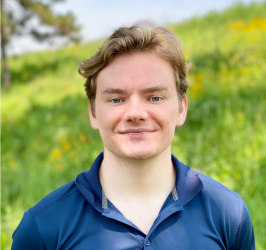
The Learning Curve
by Rebecca Finnegan, Classroom Outreach Coordinator
and Donald Stump, Curriculum Director
October saw the return of classes to the Terrace Garden and Greenway for the first time since May. It was our celebration of Harvest Home.
Fourth, fifth, and sixth graders from Tower Grove Christian and St. Margaret of Scotland arrived at the Terrace with enthusiasm and curiosity. With the help of volunteer instructors and Master Gardeners, they explored either seed dispersal or the symbiotic relationship that the Venture is cultivating between native Missouri bees and flowering plants. This relationship is the long-term project of our bee expert, Gerardo Camillo of Saint Louis University, our landscape architect, Rick Kacenski of DTLS, and our seeding partner, Native Landscape Solutions.
Classes learning about symbiosis were introduced to the potential for bringing back bee populations in the Midwest by restoring native flowers along interstate highways. The children learned about five species of Missouri bees that nest in the ground or in forest liter.
Focusing on specialist bees (drawn to one kind of flower) and generalist bees (drawn to many), the students began by exploring garden terraces planted by Harris-Stowe State University (for species native to Africa), the Missouri Master Gardeners (for herbs and edible plants native to Asia), and the St. Louis Zoo and Coahoma Nation for those favored in the diet of Native Americans. Led by Becky Finnegan, Jane Raymon, and Colleen Seiffert, the classes then ventured onto the Greenway, delighting in the many native wildflowers. A highlight was finding caterpillars, including one destined to become a monarch butterfly.
Classes that focused on seeds enjoyed discovering the six mechanisms of dispersal: water, wind, animals, attaching, exploding, and gravity. By the end of the lesson, students could name and spot examples of all six. Having collected baggies of seeds, they are looking forward to planting them in the spring.
With only a few complications from forecasts of rain, all eight classes ran smoothly. Over 150 students returned to their classrooms with light snacks, enthusiasm, and interest in the Green House Venture.
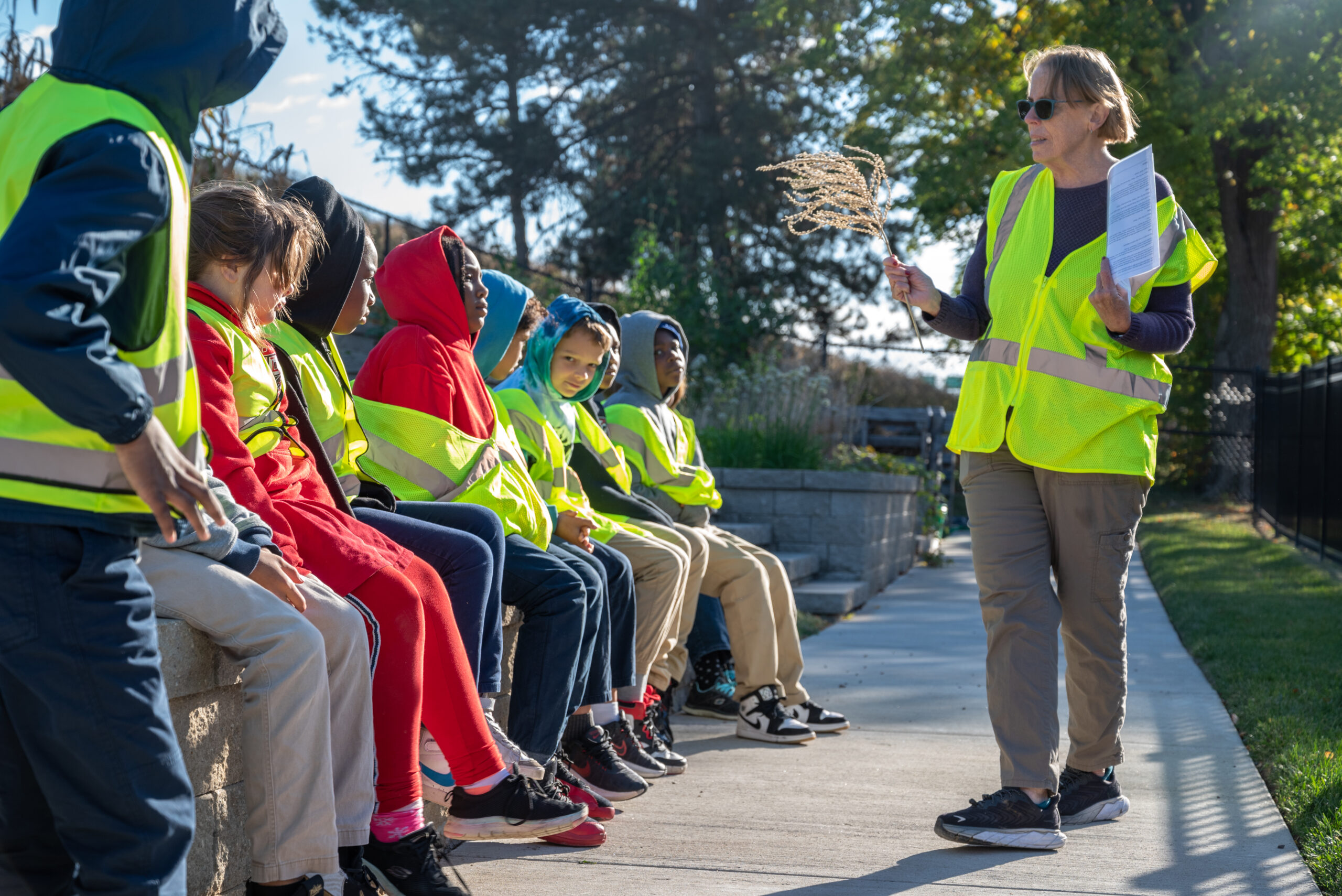
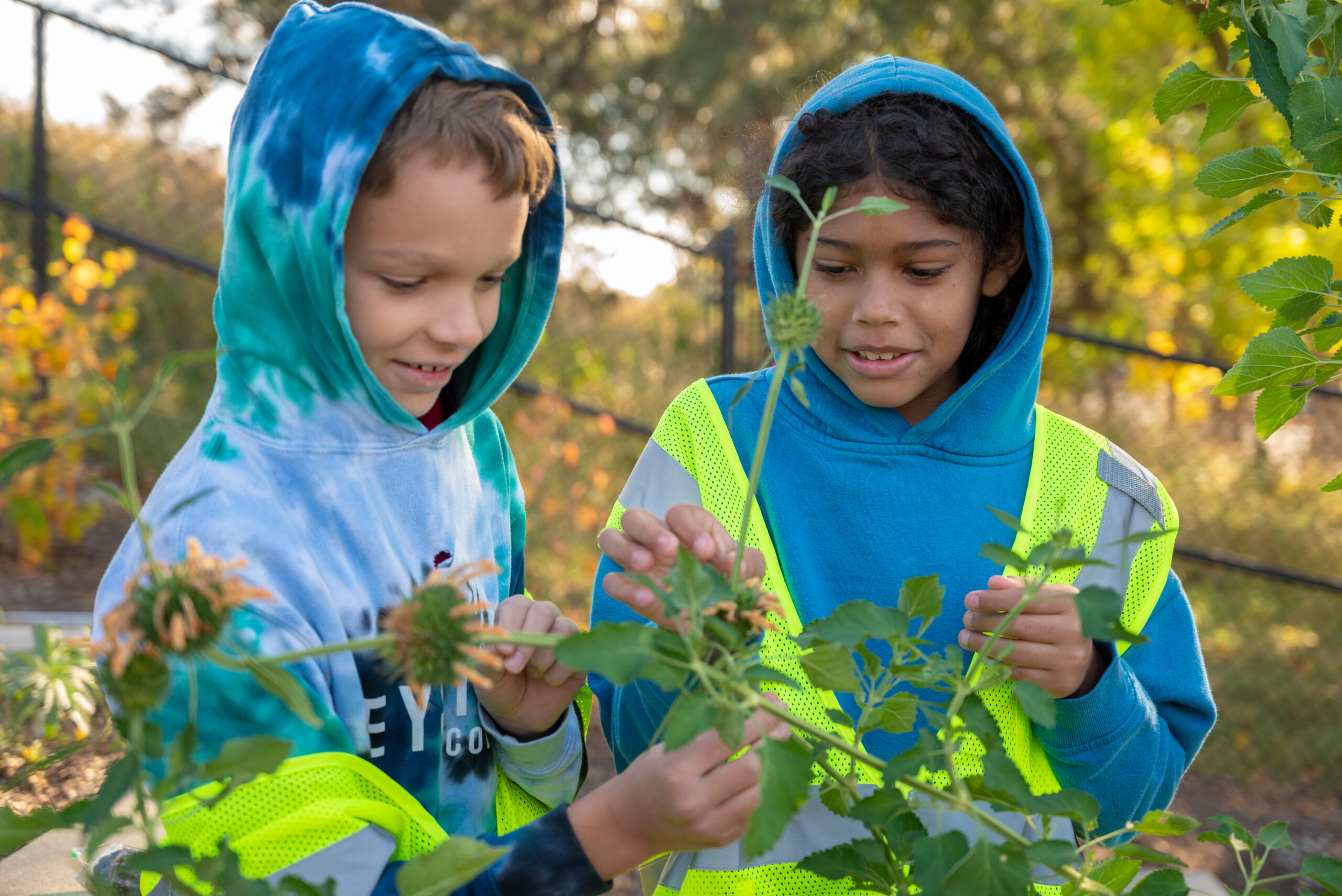
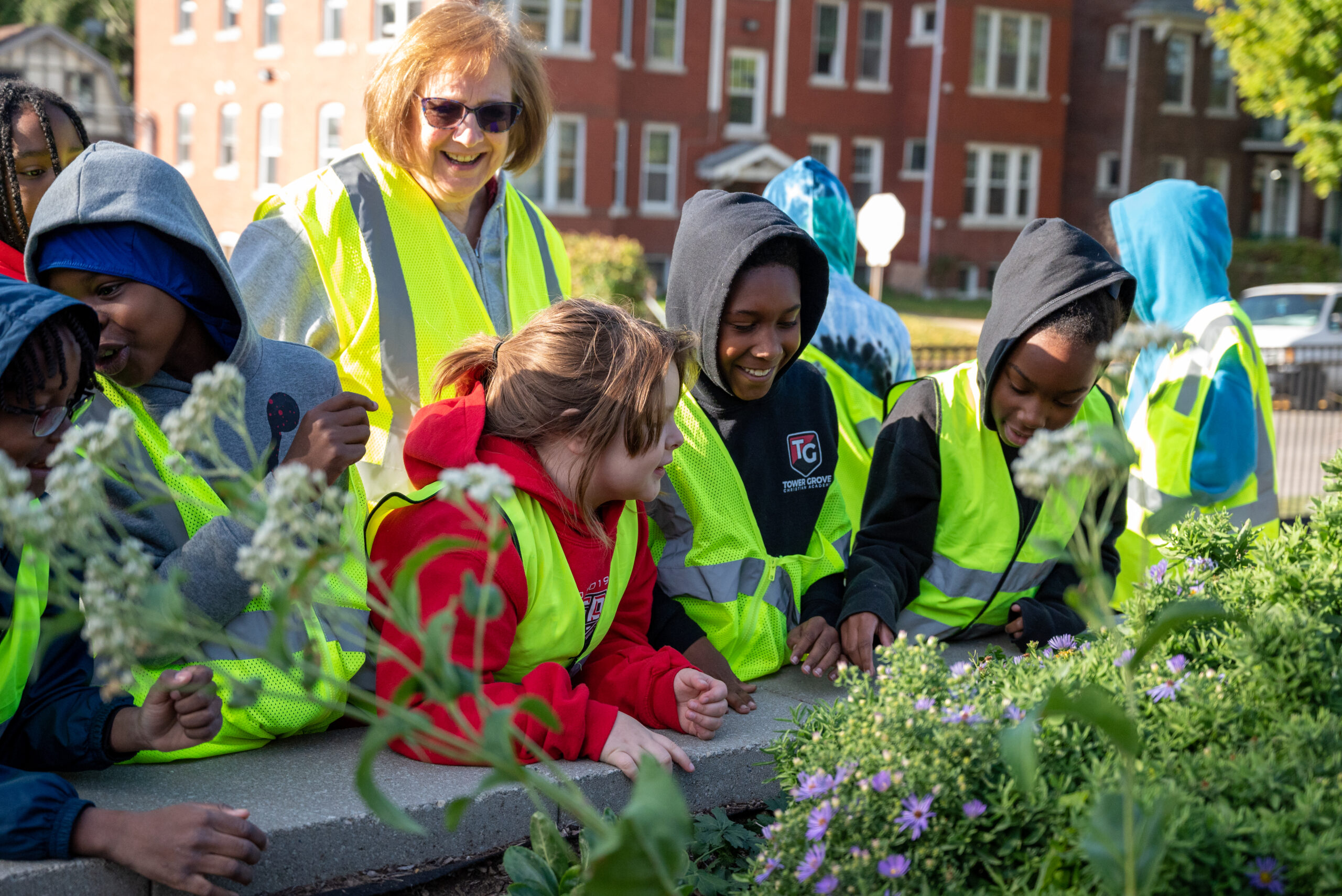
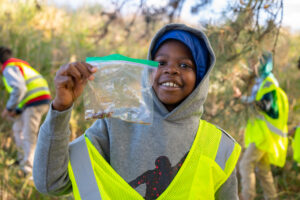
Growing Forward Campaign Gets a Boost with New 3-D Video Model
Growing Forward, the Campaign for The Green House Venture continues to move forward and continues to build momentum. The construction plans for the facility are nearly complete, and a recently produced 3-D video helps to make the project even more real. Campaign committee members are helping to disseminate this facility fly-through video in efforts to introduce the project to potential supporters of the campaign. You can view this great video here. In addition, there are other videos that enhance our story and express the need, including testimonials and interviews with area leaders. A compilation of these interviews can be found in this video.
The St. Louis region, including Metro East, is in dire need of creative educational solutions. The new Education Center and Greenhouse is building off the success of the Green House Venture, expanding the campus to provide impactful science education for elementary school children in our communities. Donors understand and appreciate our mission and vision, and we are excited by the positive responses that we are receiving from funders regarding the campaign. All gifts are welcome. Some donors making pledge commitments to the campaign over a period of five years, while others are considering more creative ways to participate in the campaign, like in-kind contributions of materials that are needed to build the facility. For more information on how to participate in this campaign, please contact Dan Reynolds at:
314-308-8038 or dreynolds@holmesradford.com.

